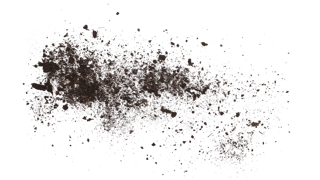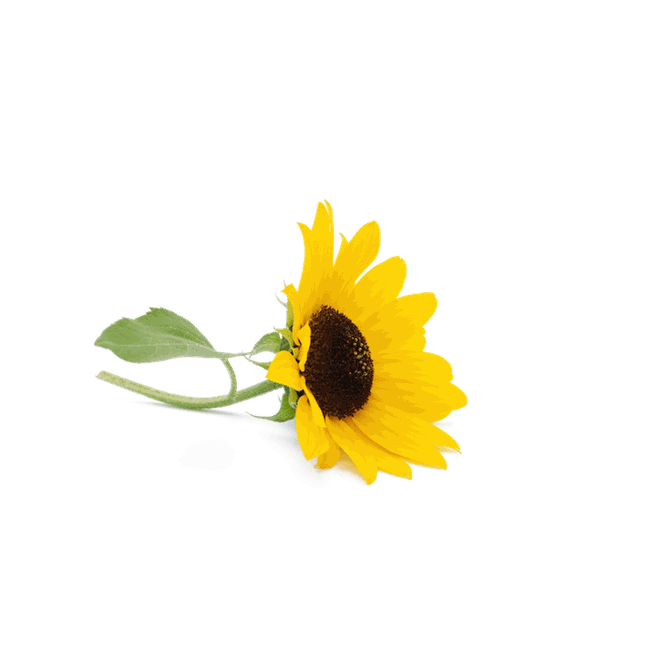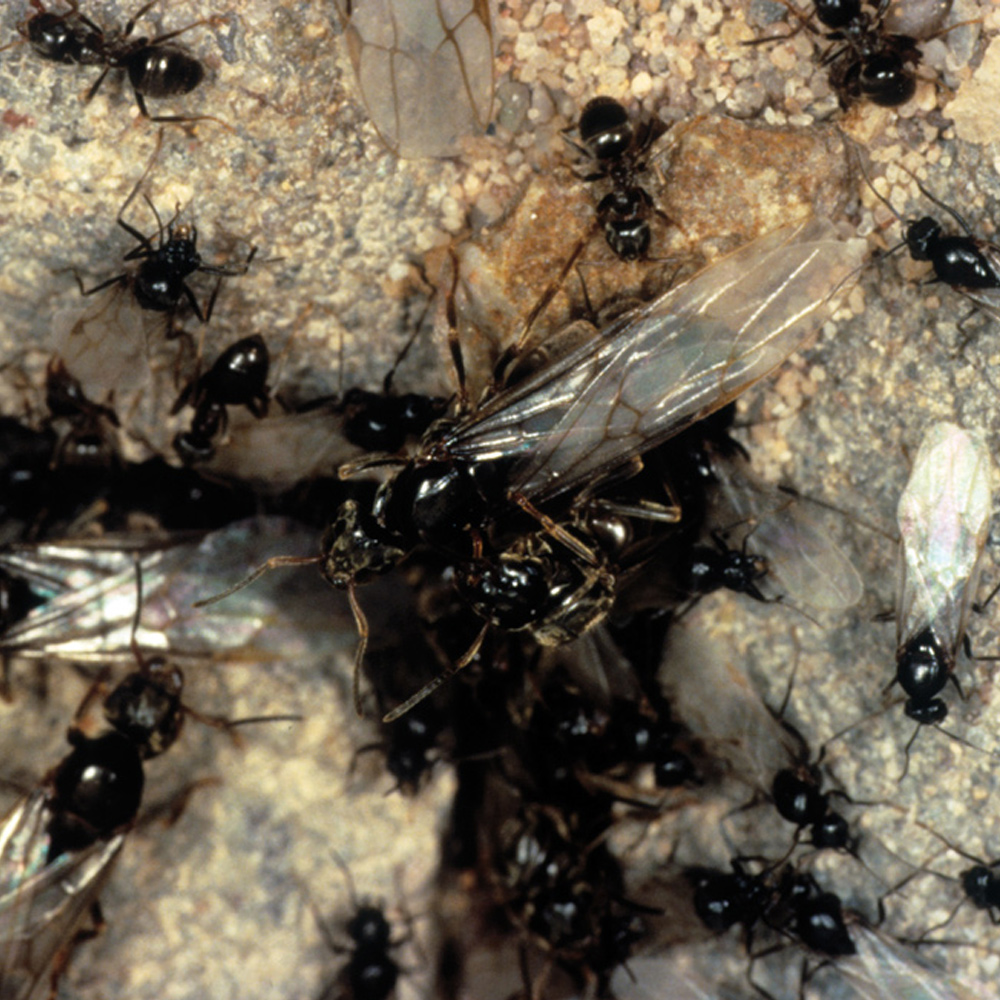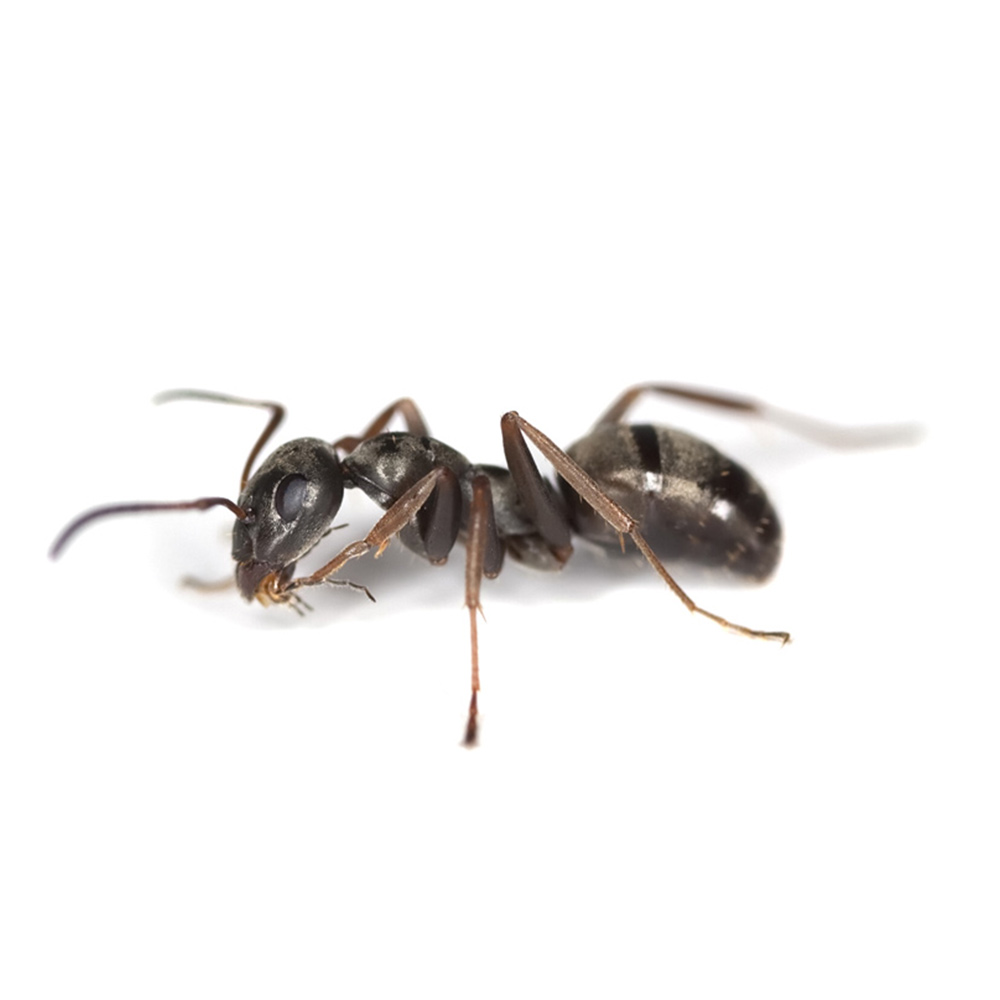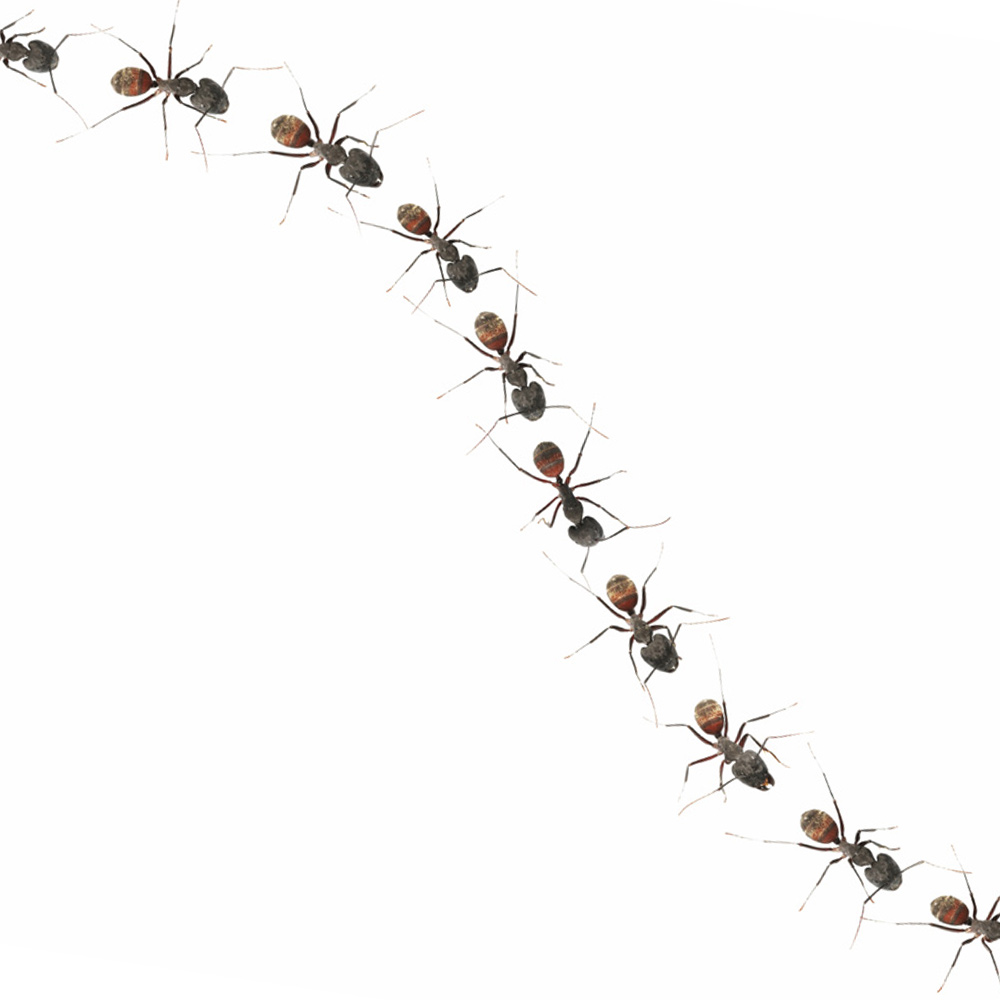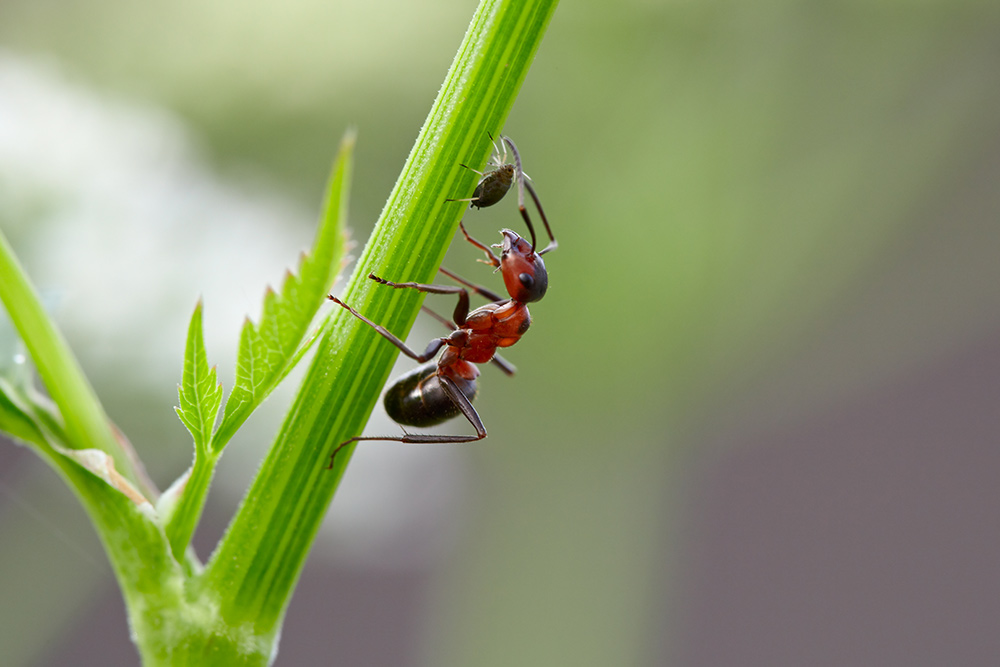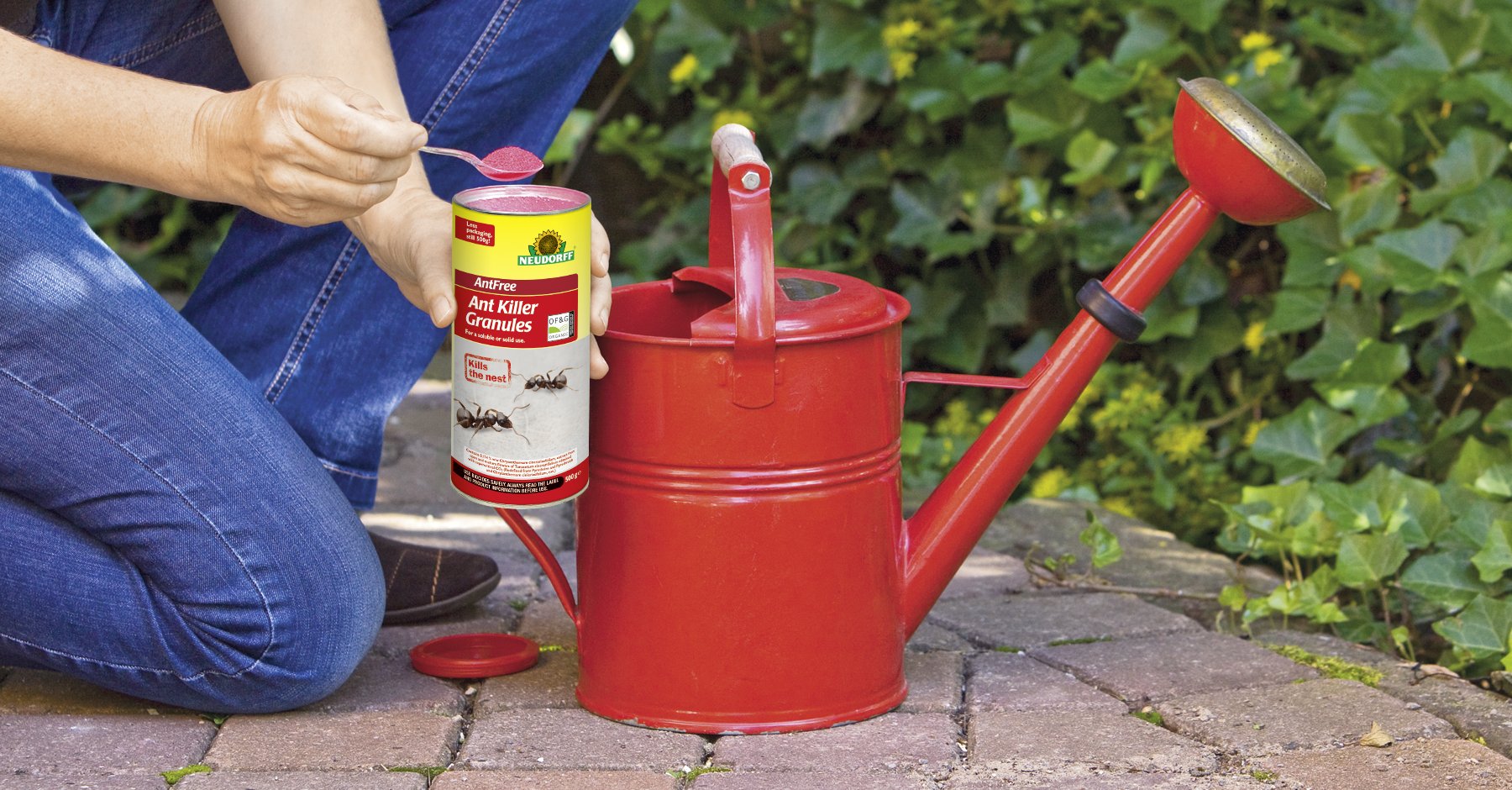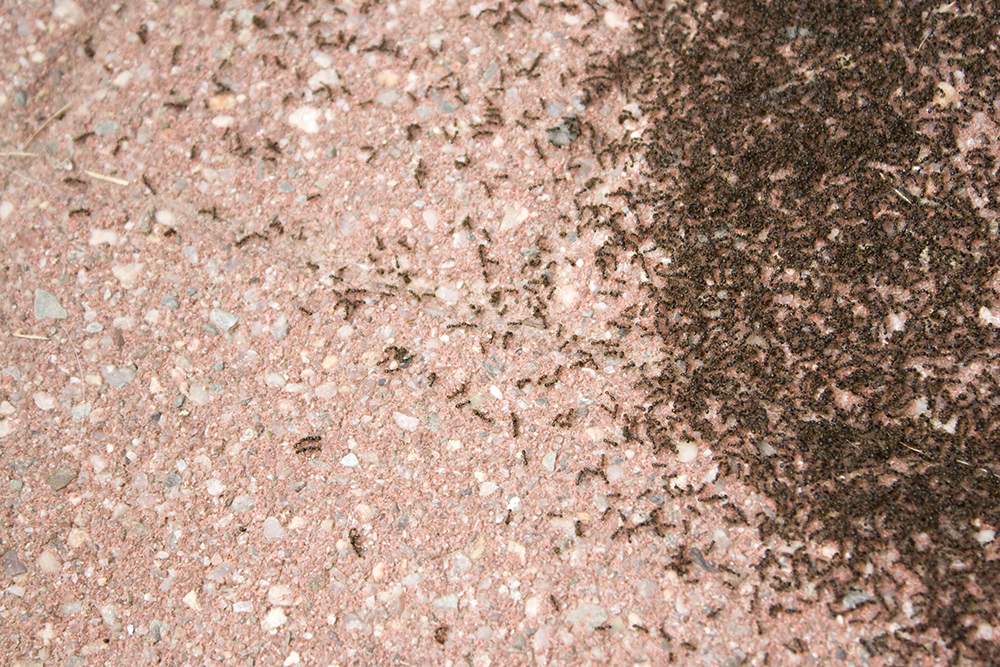Ant control
The way ants live
Ants have been living on our Earth for at least 130 million years. Even today, we can only estimate the number of different species. Central Europe alone is home to around 160 species of ant.
Ants are a very useful species in nature – they act as the "health police". They find their food in the form of dead animals in gardens, fields and woodland, and in doing so keep our environment free of harmful germs.
However, ants themselves can be harmful in some areas of man's environment, making it necessary to combat them. You can find more on this subject here and also here. Ants belong to the "eusocial" (colony-building) family of insects, which also include bees and wasps. An ant colony consists of one or more queens, wingless workers which are responsible for feeding the offspring and the baby ants themselves. One colony can contain up to 20 million ants. Winged male and female ants are also to be found at certain times of the year.
Stations in an ant's life
- After its nuptial flight, the fertilised queen forms a new colony. She starts laying eggs from which initially female workers are created. The female workers are normally unable to lay eggs. Their role is to rear and care for eggs, larvae and pupae and also to look for food. The largest proportion of a colony's growth takes place out of sight, i.e. inside the nest.
- There is strict division of labour in an ant colony. Important tasks include looking after eggs and pupae, feeding the larvae, cleaning and building the nest ("back office") as well as bringing back food, defending and guarding the nest ("front office"). Every ant can perform several jobs. In some species, there are animals with special physiques, e.g. guards with especially large heads which use them at night to block up the entrances and exits to the nest.
- In their search for food, the female workers also explore our immediate environment. We find them in living areas, on patios and balconies.
- We usually find ants outside their nest from spring until autumn, while they spend the winter hibernating in their nest. Depending on winter conditions, large numbers of the colony frequently die.
- In the early summer of the following year, so-called reproductive ants are raised – winged males and queens which fly off in order to mate. After mating, the males die and the queens found a new colony.
Food
- Most species of ants feed off animal protein and substances containing carbohydrates such as sugar, fruit juice, jam and fruit. In nature, they enjoy the sugary excretions of aphids or the sweet sap from plants.
- Columns of ants generally lead to particularly attractive food (e.g. the honey jar in the cupboard). Scout ants lay a trail to the source of food discovered for the other workers with the aid of certain scents (pheromones). The more ants run along the route, the more clear and attractive the trail becomes. To divert the ants from this scent trail, you can place Refillable Ant Bait Station directly on the ant columns and put 1 - 2 single drops on the trail.
- Sometimes you find ant nests in tree trunks, but in this case they normally use parts of the tree that have already died. Disease or pests may have already damaged the trees. Only Camponotus species also build nests in healthy wood. All they need is a cut or something similar to serve as an entrance.
- While the reproductive ants are being reared, ants usually feed off protein-rich food, e.g. other insects or a sausage on the table.
- Vital to know: sugary baits are hardly touched in the protein phase. In that case, simply remove the bait and set it up again after about a fortnight.
Damage due to ants?
- The vast majority of ants in Central Europe are simply a nuisance to people but do not cause any significant damage.
- Ants nurture and protect colonies of aphids on plants in order to obtain their sweet excretions. Like a good shepherd, the ants protect the aphids from predators – they drive the beneficial insects away or even bite them until they die. Once the host plant has been sucked dry, the ants even carry the aphids to other shoots or plants, thereby making a considerable contribution towards their spread. By way of "thanks", the ants are allowed to milk the aphids. They stroke the aphids' abdomens. That stimulates the aphids to suck more sap from the plant. As they do not use all the sugar from the plant's sap themselves, they excrete the excess in the form of sweet drops. The ants greedily lick up these drops. Some species of ants feed almost exclusively in this way.
- Paths and terraces are sometimes hollowed out, making it dangerous to tread on them.
- The ants' burrowing can cause plants to lose contact with the soil and suffer from dryness.
How to tackle ants
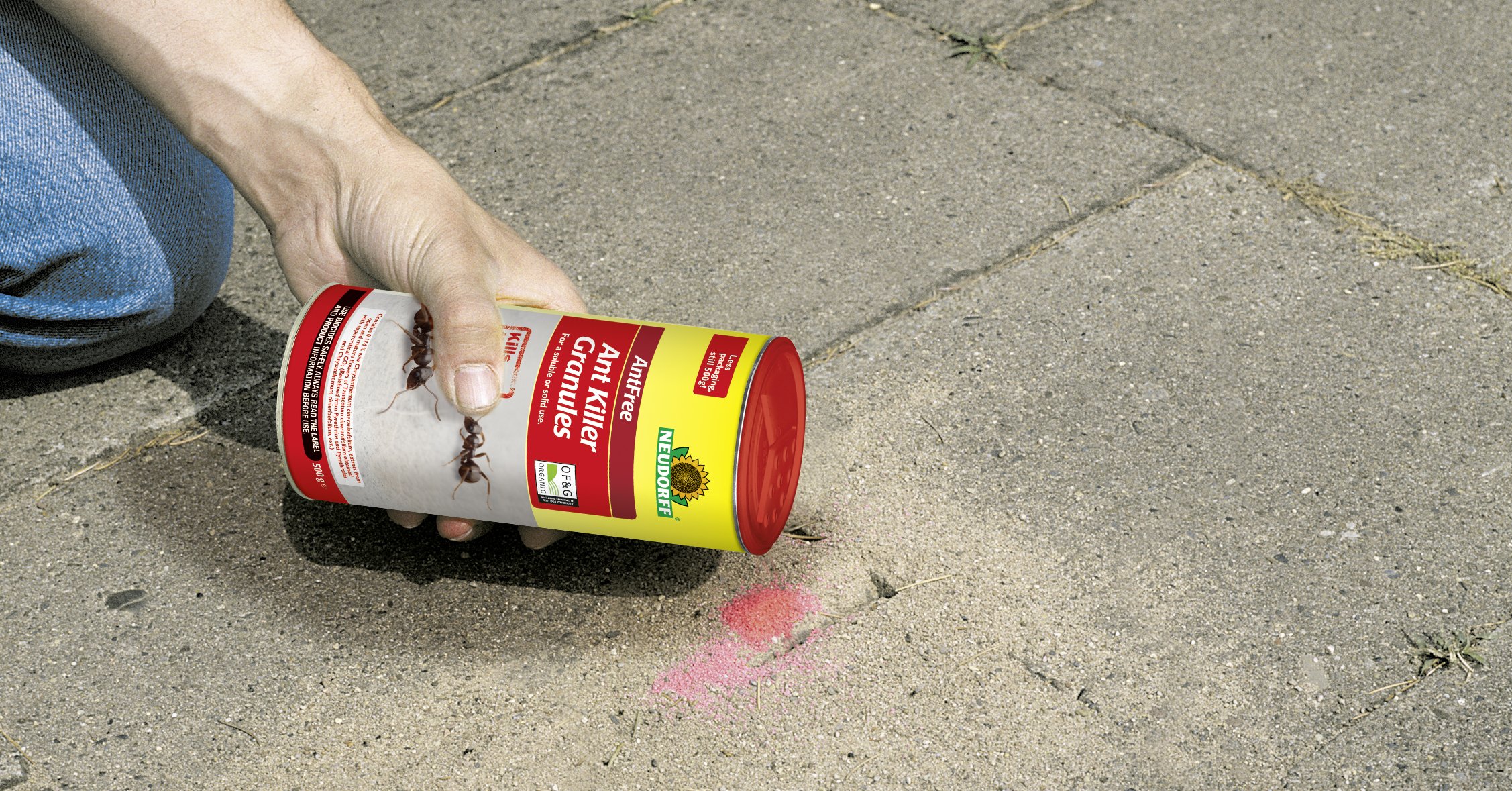
- Ants in the open air on patios and paths: Use AntFree Ant Killer Granules**. Application by watering can is the most successful method. It is best to treat surfaces in the early hours of the morning. Spray the solution into all the cracks and joints near the nest.
- Ants in plants: Ants do not harm plants, and the use of ant powder on plants is therefore not allowed. As soon as you notice ant activity, tread down the soil around the plants regularly. Also water the plants intensively more frequently. The ants will then usually soon disappear. As ants are primarily to be found on the plants due to the presence of aphids, combat the aphids (e.g. with BugFree Bug and Larvae Killer+. That way the ants will disappear too.
Tip: What do I do if the whole room is suddenly full of flying ants?
The best thing to do is to first open all the windows in the rooms concerned. The flying ants are the reproductive ones and they do not eat anything – they just want to get outside. In most cases, the nightmare is over in 1-2 days.
If no more ants will fly out, set up the Refillable Ant Bait Station. The most suitable sites are where you have seen them flying out. That way you will destroy the rest of the ant colony.
Special ant species
Harmful ant species
Here you need to call in a pest controller:
1) Wood-destroying ants: They live in the wood. These ants can do major damage in houses with load-bearing elements made of wood. Wood-destroying ants in the house sometimes don't respond well to sugary baits. As they can do massive damage to houses, you should turn to a specialist in such cases.
2) Pharaoh ants: They live exclusively in permanently warm rooms and feed off substances containing protein. They are very small (< 1 mm) and do not form typical columns. These ants are frequently to be found in the kitchen (dish-washer), in restaurants or in care homes for the elderly and hospitals. They do not react to the usual baits available in shops. Here, too, a specialist must be called in as quickly as possible. Do not fight them with insecticides!! This will lead to an explosion in the infestation as every single female worker can become a queen and set up her own colony.
Protected species of ants
Red ants are subject to a strict protection order (Federal Ordinance on the Conservation of Species) and may not be controlled under any circumstances. Anthills may not be damaged in any way – they may be many years old. Red ants are an important part of the eco systems in woodland. On the one hand, they eat many wood pests (such as the bark beetle), and on the other, they themselves serve as a food resource for animals such as the Green Woodpecker. They are useful in spreading seeds and ventilating the soil in woodland.
If red ants appear in your garden, a nature conservation expert must be charged with relocating them, if necessary.

